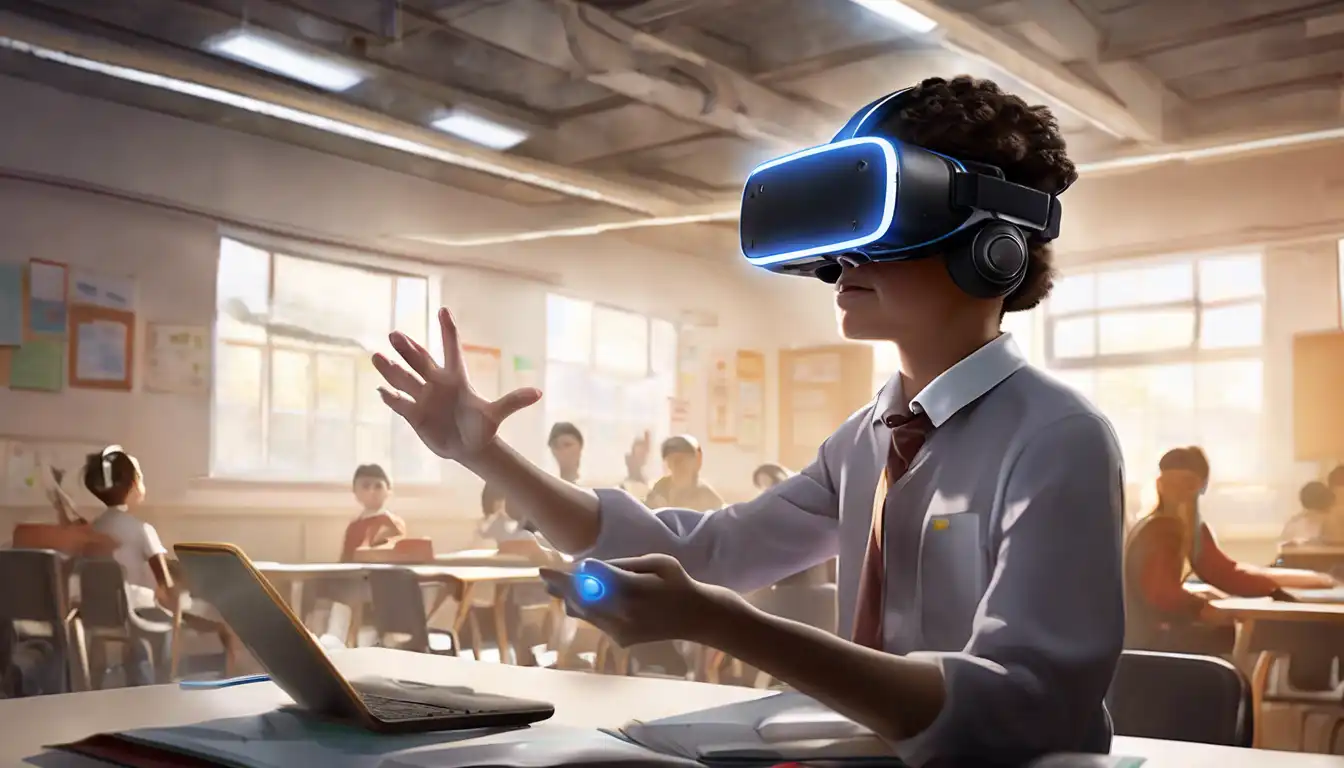The Transformative Impact of Virtual Reality on Learning and Skill Development
Virtual Reality (VR) technology has been making waves across various sectors, but its potential in education and training is particularly noteworthy. By creating immersive, interactive environments, VR offers unparalleled opportunities for experiential learning and skill acquisition. This article delves into how VR is revolutionizing the way we learn and train, offering insights into its benefits, applications, and future prospects.
Benefits of VR in Education and Training
VR technology brings a host of benefits to the educational and training spheres. Firstly, it provides an immersive learning experience that can enhance understanding and retention. Studies have shown that learners retain information better when they can interact with the material in a three-dimensional space. Secondly, VR allows for safe, risk-free training environments, especially crucial in fields like medicine, aviation, and military training. Lastly, VR can make learning more accessible, offering students and trainees the opportunity to explore worlds and scenarios that would otherwise be out of reach.
Applications of VR in Various Fields
The applications of VR in education and training are vast and varied. In medical education, for example, VR simulations allow students to practice surgeries and diagnose conditions without the risk of harming real patients. In the corporate world, VR is used for soft skills training, such as public speaking and leadership development. The military employs VR for combat training, creating realistic battlefield scenarios for soldiers. Even in K-12 education, VR can bring history lessons to life or take students on virtual field trips to distant planets.
Challenges and Considerations
Despite its potential, the integration of VR into education and training is not without challenges. The cost of VR equipment and the need for technical support can be prohibitive for some institutions. Additionally, there is the issue of content quality and relevance, as not all VR educational materials are created equal. Ensuring that VR experiences are pedagogically sound and aligned with learning objectives is crucial for their success.
The Future of VR in Education and Training
Looking ahead, the future of VR in education and training is bright. Advances in technology are making VR more affordable and accessible, while the growing body of research into its educational benefits is encouraging more institutions to adopt it. As VR content becomes more sophisticated and diverse, its potential to transform learning and training will only increase. The key will be to ensure that VR is used thoughtfully and effectively, complementing traditional methods rather than replacing them outright.
In conclusion, VR holds immense potential to revolutionize education and training. By offering immersive, interactive learning experiences, VR can enhance understanding, retention, and engagement across a wide range of subjects and skills. While challenges remain, the ongoing advancements in VR technology and pedagogy promise to overcome these hurdles, paving the way for a future where VR is an integral part of learning and development.
